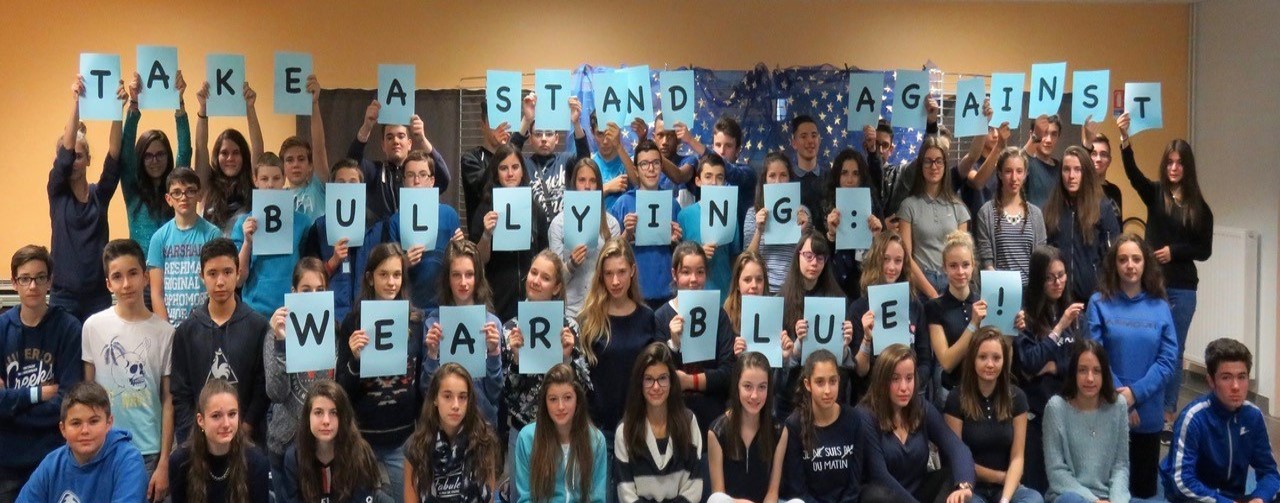
Published on: November 7, 2019
Try to imagine the following a scenario; you see a child and young person by themselves visibly upset while a group of onlookers look down at their phone laughing and looking over at them… the truth is that this is no longer a situation that is hard to envision and is now the reality in most schools.
Bullying, is any repeated behaviour that is undertaken with the intention of causing physical or emotional pain to an individual. While this used to be seen mostly in terms of verbally tormenting, hitting and pushing that happened in the school grounds, the use of technology has now greatly expanded the scope for children and young people to undertake bullying. This can now be accomplished in isolation through the use of social media and gaming platforms which makes bullying much harder to recognise and regulate.
Bullying is a major problem in the UK, it is believed that over one million children are being bullied every year. This can have a profound effect on the victim which may lead them to struggle with mental health issues such as, low mood and anxiety. Unfortunately, it does not stop at school and the consequence of bullying can follow a child or young person into their adult lives, resulting in them having trust issues, low self-worth and suicidal thoughts. Sadly, this is now being an issue at earlier stages with it being believed that 16-20 young people ending their life each year due to the bullying they were experiencing.
This year Compass are working in partnership with Bullying UK and Family Lives which aims to promote and raise awareness around the effects of bullying and what we can do to help.
Below are five top tips that schools can implement to start creating a change to ensure their school is safe for those attending.
- Undertaking awareness days can be a great way to get the school discussing bullying and the impact it can have on those involved. This could be through Wear Blue Day on the 8th November and could include assemblies, displays and class activities around the matter.
https://www.bullying.co.uk/anti-bullying-week/
- Links to the curriculum are an easy way to increase class discussions around bullying. This could be undertaken in PSHE lessons or circle time with the aim of sensitising pupils to the impact bullying has on a person. This is important as many children and young people have become desensitised to the impact of violence or bullying due to their use of social media. To support with this, the NSPCC worked with the PSHE Association to create lesson plans that can be used to help achieve this.
https://learning.nspcc.org.uk/research-resources/schools/making-sense-relationships/
- It is essential that all schools have a formal policy in place regarding the safety of pupils and the prevention of bullying in and outside of schools including the use of mobile phones. This is in line with the Education and Inspections Act (2006) and the duty of care that school staff have for their pupils. Below, is a guidance provided by the Department of Education regarding the work that school staff can do regarding this matter, both in and outside of school.
- If a pupil is experiencing bullying, the school has a duty to establish a system for the them to be able to report the bullying and get the help they need immediately. This includes staff members who will support the pupil going through the situation and understands the outside services they can contact if needed.
- Finally, to ensure the reduction of bullying, strong repercussions need to be implemented to show that it will not be tolerated in the school or outside of it. However, discussions must be had with the bully to understand the behaviour, as it often occurs due to the bully being unhappy themselves.
We understand that bullying will always occur and new means will always be devised to carry it out. However, by implementing these small changes the school can help contribute to a safe, bully free environment pupils.
@bullyinguk @FamilyLives
#ChooseKindness #WearBlue

